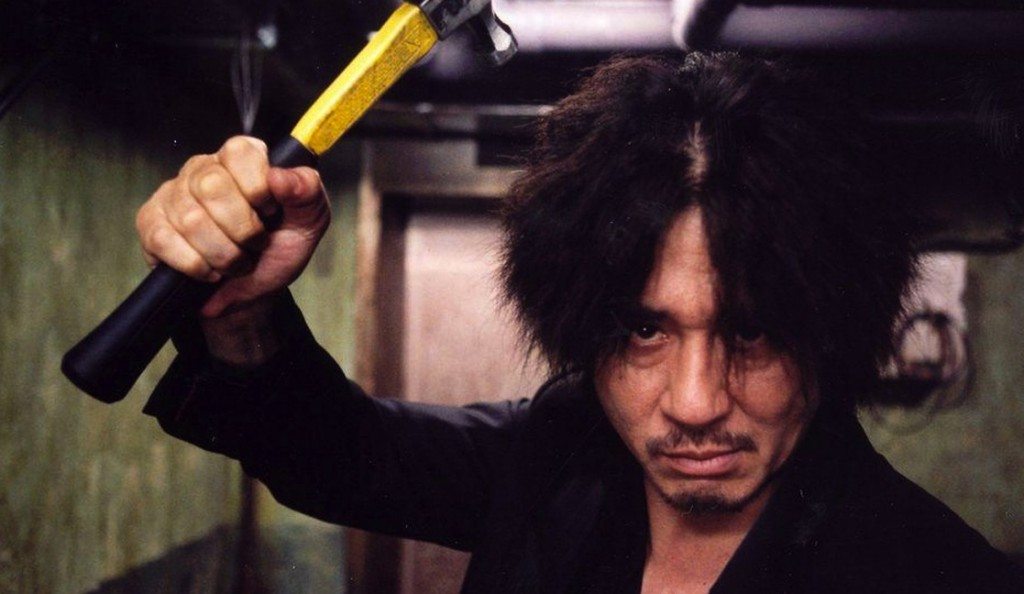Most people avoid “violence” in real life, but when it comes down to movies, oddly enough, most enjoy violence. For whatever reason we like seeing cars being blown up or bad guys getting beaten. But today’s list isn’t about senseless violence. The list below features some of the most important movies where violence plays a key part of the narrative. (Of course, Quentin Tarantino features heavily on the list).
Whether these films are worth considering is for you to decide, because admittedly a good number of them are hard to take in, but every film that we’ve ranked up on here is interesting in their own ways, though not all of them may have been widely accepted, critically speaking. Our main criteria for ranking these films has been based on both extremity of violence and their cinematic merits. You can watch some of these best violent movies on Netflix, Hulu, Amazon Prime or YouTube. The list includes most violent action movies, violent fighting movies, violent martial arts movies and violent thriller movies.
20. Hostel (2005)
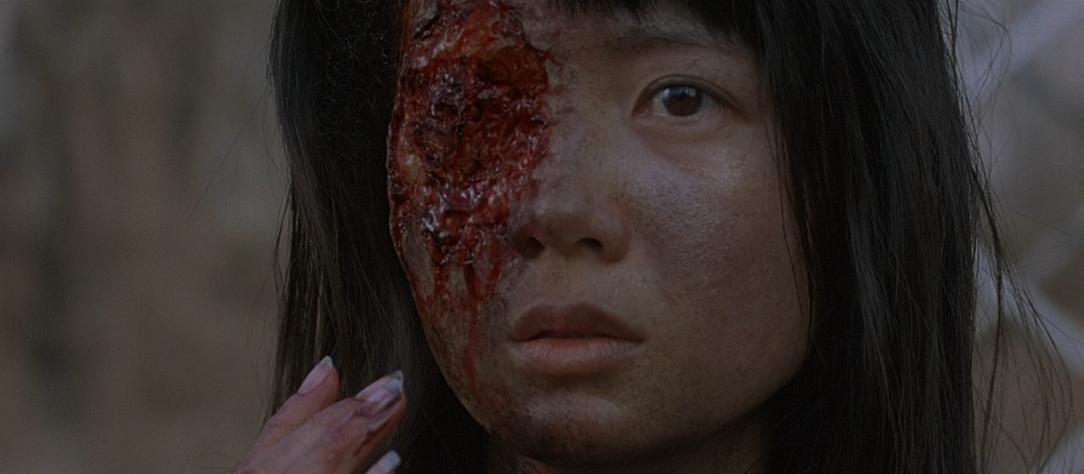
‘Hostel’ starts off generic and bland, which director Eli Roth claimed in interviews was intentional, because later, at about 45 minutes in, the three leading protagonists end up in a torturous hostel, wherein violence knows no bounds. From there on out, the film is all gore and gut and nothing else. The elements of merit that are generally considered in cinema, like a good plot, developed characters, exquisite cinematography, and well-written dialogues are either absent or sedated here, but all of that is replaced with a discomforting sense of inhumanity, and from this viewpoint, the film is effective.
It is a unique horror feature that seems to follow the footprints of its clear inspiration ‘Saw’ (2004), placing characters in a claustrophobic atmosphere and having them witness gruesome acts while developing a sense of captivity and inevitability. Roth has an edge here with his atmospheric depiction of hopelessness, which is perhaps the best thing about the film. Though ‘Hostel’ is excessively violent, I still feel it could’ve done a lot better. With a storyline of this kind, the film could’ve sunk a lot deeper into the minds of the audience, had it had better character writing and realistic scenarios.
19. Stoic (2009)
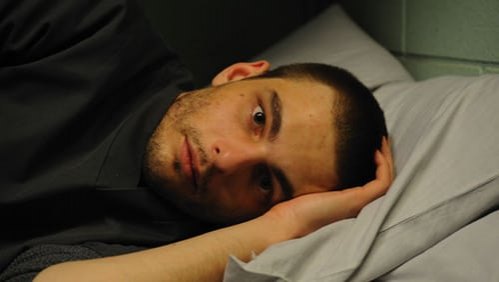
I’m well aware that the terms ‘quality content’ and ‘Uwe Boll’ don’t exactly go along with each other, and I’m not saying ‘Stoic’ is that good a film, but I do think it is the heavily criticized director’s most interesting piece of work. The 2009 film is a pessimistic arthouse thriller, characterized by a lack of human consideration and physical acknowledgment of pain, and it follows the lives of three cellmates who pitilessly torture a fellow fourth, in a gruesome, disturbing, and unforgettable manner.
Though Boll is called a terrible filmmaker, the moments of torture in ‘Stoic’ feel all too real and authentic, which makes the experience of watching it that much worse (or better, considering your interests now that you’ve selected this article to read through). The film has its share of problems, like how some scenes just drag because of how poorly written they are, but then again, a lot of it is entertaining, thought-provoking, and different. Boll’s idea of appealing to his audience is one that I’ve never agreed with myself, but there’s something about this one film – perhaps the low-budget feel to it all, or the effective portrayal of violence – that makes me reconsider his skills as a filmmaker. Is he really all that bad?
18. The Human Centipede 2 (Full Sequence) (2011)
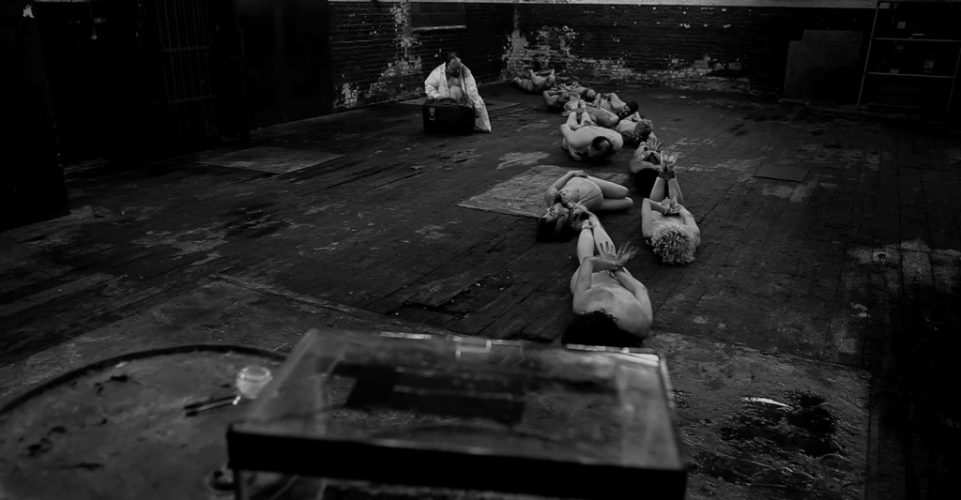
Of the infamous Human Centipede trilogy, the most repulsive film would have to be the second installment, though unlike the general consensus, I do not think it is bad, unlike the other two. Of course, they have their opinions and I have mine, but this film is so clearly distinguishable from the rest because of its gritty black and white visuals, innovative storyline, and cold, disconnected, as well as merciless portrayal of violence that teaming it up with its predecessor and successor as a judge of quality seems a little unfair.
The film has a no-care attitude to itself that I find makes it a lot more watchable than the other films in comparison, and its leading character is a smartly realized schlock parody who feels more like someone who’d opt to conduct an experiment like this, unlike the doctor in the first installment. Some scenes, like when a pregnant mother is forced in to become a member of the centipede chain, are quite heavy, if not downright unbearable, but given the style and content of the film, it feels apt, especially when the devious protagonist shows no remorse for his actions. Whether it is a good film is still questionable, though since I enjoy it for its dark, depressing understanding of human nature, I feel its merits outweigh its flaws.
17. Cannibal Holocaust (1980)
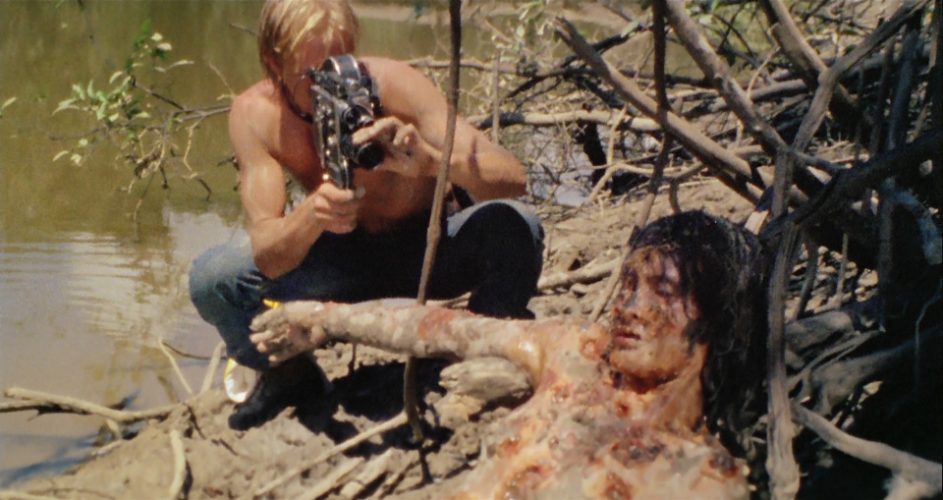
‘Cannibal Holocaust’ is a film that I was pretty hyped for before actually seeing it. I had read up somewhere that the director of the film, Ruggero Deodato, sent his actors into hiding after filming had wrapped, to make their deaths at the end appear real. This action spiraled out into an infamous court case, following which he had to bring them out in the open to prove they hadn’t passed.
Considered to be one of the most controversial films of all time, ‘Cannibal Holocaust’ is shot in the style of a documentary, depicting the lives of a group of scavengers, all of whom eventually die at the hands of an uncultured tribe – inhabitants of the island they have arrived at. Putting aside their shocking deaths on film, ‘Cannibal Holocaust’ is also known today for its brutal rapes and murders, as well as for killing animals on-screen. Personally, I find the film to be an interesting experience. Sure, what it depicts is hard to stomach, but I don’t think I’ve seen another picture like it. There’s this brash essence of rawness that envelops the runtime of this film. It tries to deliver messages, though most of these drown in their sub-par realization. I wouldn’t call it a great film, but I wouldn’t call it bad either. Despite being the violent movie it is, if you know what you’re getting into, it is highly watchable, plus its legal history sort of adds to its charm for me.
16. Irreversible (2002)
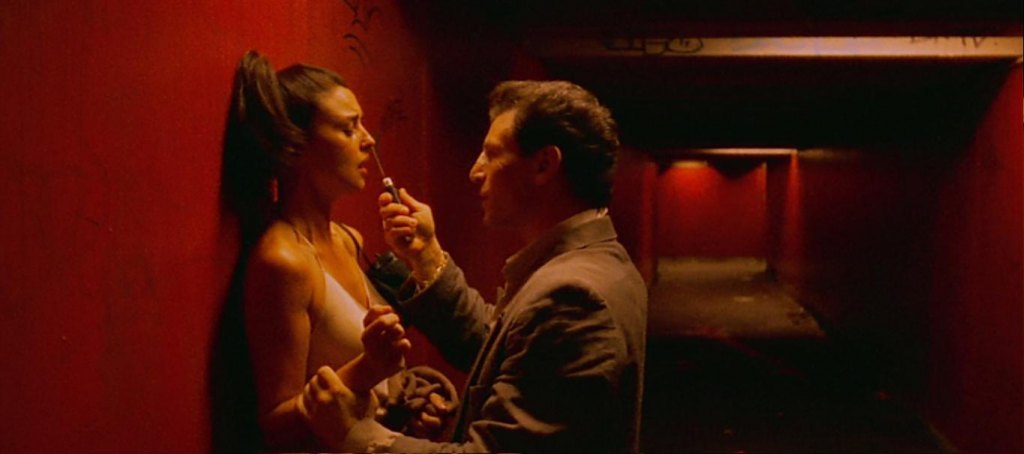
Events over the course of one traumatic night in Paris unfold in reverse-chronological order as the beautiful Alex is brutally raped and beaten by a stranger in the underpass. Her boyfriend and ex-lover take matters into their own hands by hiring two criminals to help them find the rapist so that they can exact revenge. I know it is a very violent film, but at the same time it has a clear message in it. A simultaneously beautiful and terrible examination of the destructive nature of cause and effect, ‘Irreversible’ is a film that shows how cruel time can be.
Read More: Best Suspense and Mystery Movies of All Time
15. Django Unchained (2012)
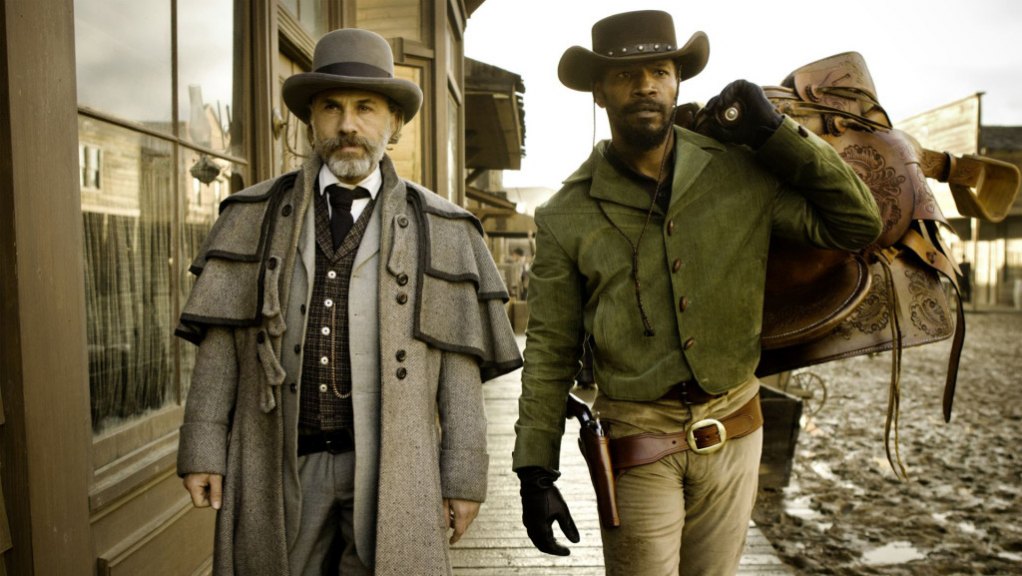
‘Django Unchained’ could very well be in the cusp of a chaotic and hysterical universe, but at the same time, it doesn’t hold back in unflinchingly telling the tale of horrors and futility of slavery in a spaghetti western style but with a Tarantino stamp on it. A film that’s funny but tragic, romantic but repulsive, violent but musical, gruesome but entertaining. For all its glorious contradictions, it is unfathomable and even unimaginable that any director other than Quentin Tarantino could have helmed this film or even attempted to do so.
Read More: Best Survival Movies of All Time
14. Kill Bill Vol.1 (2003)
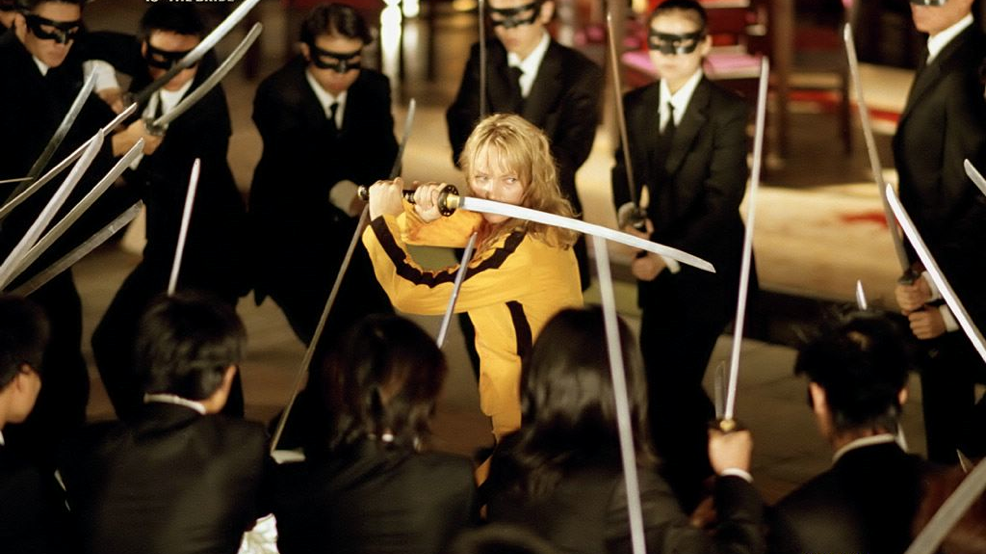
Yes, we have seen action films before. Yes, we have experience blood and gore before. But in this style? No. Based on the quest of single lady up from a coma of four years, the protagonist seems well-bound to the laws and rules of action. ‘Kill Bill’ drips off action and suspense in its every minute, done with extreme caution, perfection and realism, as much expected from a director who always has had a unique of presenting his stories — where violence always plays an important role.
Read More: Best Movie Lines of All Time
13. A Serbian Film (2010)
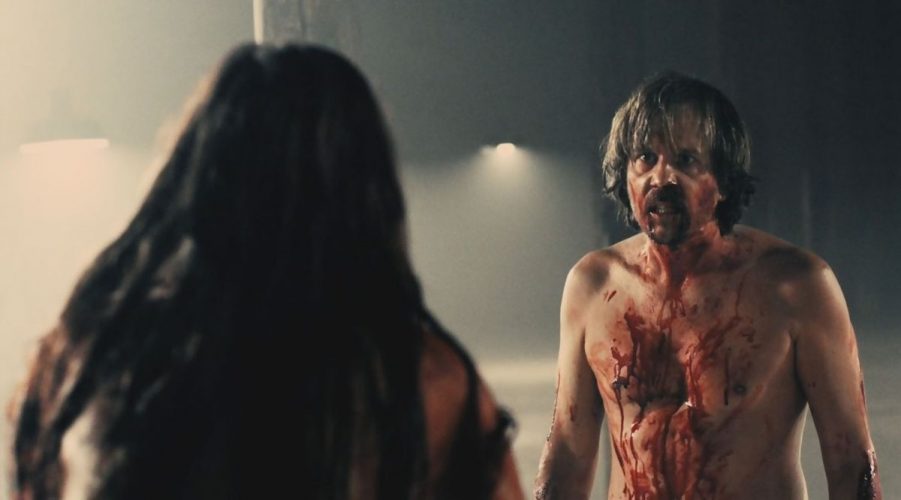
‘A Serbian Film’ poses a challenge with its content. I think this is a really good film, but the general opinion seems to be mixed, for reasons I can perfectly understand. This film has to do with a retired male porn star who is offered a gig to act in a film, though he is not familiarised with the picture it will be, for an amount as remuneration that he simply can’t refuse. What he witnesses in production is what makes the scarring content of this feature, a lot of which can be scarily effective.
Taking inspiration from the pulp films of the ‘80s as well as exploitation features from around the same era, ‘A Serbian Film’ ups the ante by including in it a slew of violent, vulgar, and possibly damaging imagery that you won’t be able to forget, ever. For some, this could be more than what they asked for, but I find the existence of this picture to be highly important. It is aesthetically pleasing and has some clever character writing as well as plot structure working alongside the visuals. ‘A Serbian Film’ relishes in the activities of sodomy, decapitations, rape, murder, and other violent methods of torture all taken to their graphic extents. Whether such cinematic traits should intrigue you isn’t something I should decide, though they sure did me.
12. City of God (2002)
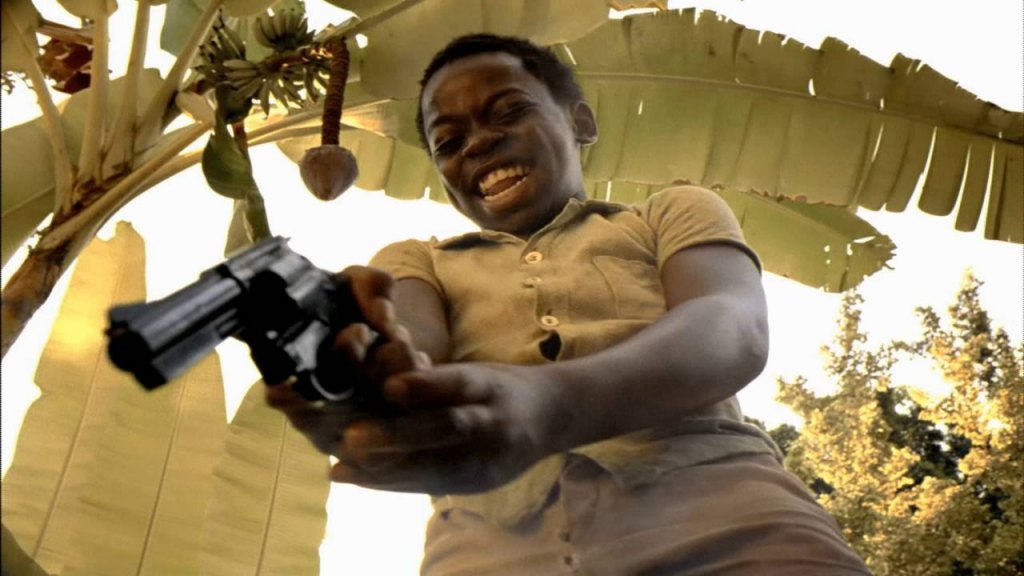
‘City Of God’ is the story of drug trafficking and gang wars in the slums of Rio De Janeiro, explained in a vividly graphic way. In a way, it’s a movie belonging to the mobsters or the drug mafia that rules the poverty-stricken third world country such as Rio. Look closely, and you can draw parallels from a drug ravaged Nigeria or a civil war-torn Syria. Told from a perspective of a spectator, it is about one man’s rise and fall among the drug traffickers through two decades of crime.
Read More: Best Character Driven Movies of All Time
11. Men Behind the Sun (1988)
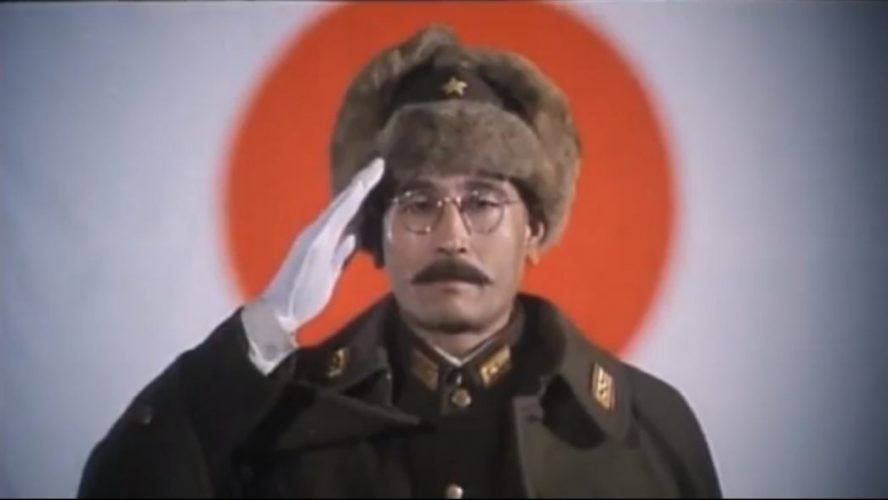
To make a film like ‘Men Behind the Sun’ is a brave move, because it is much more than just its portrayal of violence and brutality, all of which is undeniably more gruesome than most films which claim to be equally disturbing. The fact that the film is a realistic and honest portrayal of actual events that took place aid in making it the queasy experience it is.
Following a WWII story, the film accounts the sadistic and torturous experiments conducted by the Japanese government upon the people of Russia and China – in particular men, women, and able boys. These experiments are portrayed without even an ounce of graphic material hidden from the audience. Every bit of torture that was a part of the history to the subject of this film is displayed in its nauseating entirety.
Though I will not get into the details, some of the experiments conducted in this film include barring a man within a chamber in order to witness his organs shoot out of his body, dissecting a living boy, and freezing a woman to see how long it would take until her arms fell off their sockets. All of the violence portrayed doesn’t feel unneeded or excessive, simply because this is what had taken place in the immoral times that are depicted. Not only that, to be as authentic as possible, real human and animal cadavers were used to show dead and decomposing bodies.
10. El Topo (1970)
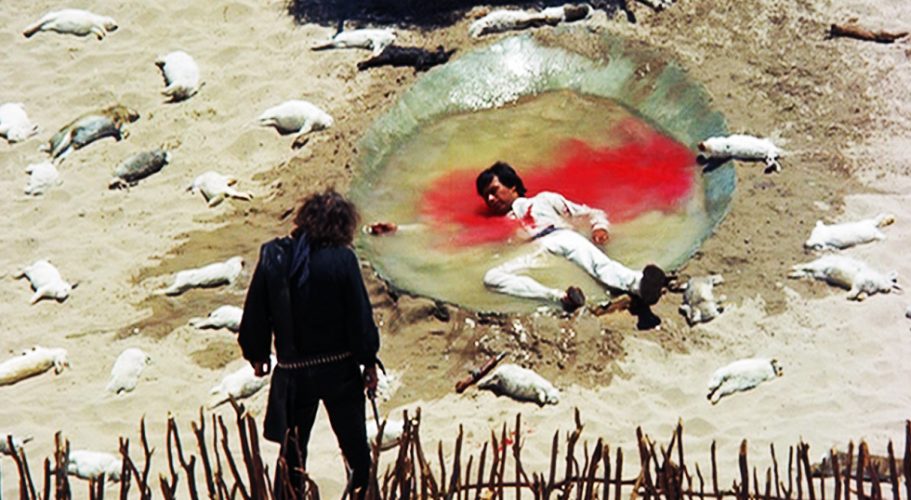
Playful handling of violence is important to communicate its weight and brutality to the audience, and Chilean master filmmaker Alejandro Jodorowsky understands this perfectly. ‘El Topo’ is a strange western told with the subtext and symbolisms of eastern culture and beliefs, a unique blend that allows for a complex story about a man who claims himself to be God. The film utilizes its violence as part of the backgrounds if not clearly visible layers of depth, mostly consisting of destroyed and destructed towns and villages, which are now filled with bloody cadavers. A lot of films have been inspired by ‘El Topo’, incorporating sacrilegious content with violence in order to obtain louder reactions from the desired audience members. ‘El Topo’ crafts a kind of psychological violence, as opposed to physical, and of the few films I’ve seen do the same, this has been the most captivating.
9. Confessions (2010)
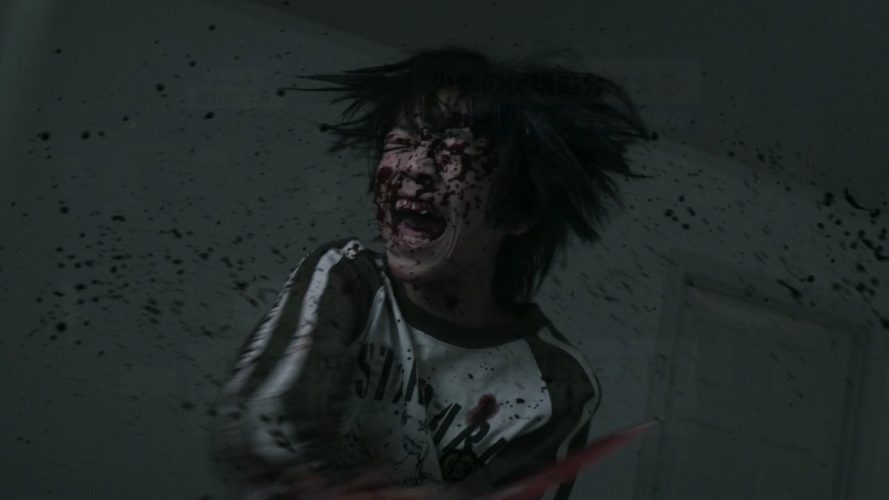
‘Confessions’, or ‘Kokohaku’ deals with a revenge story concerning a school teacher and two of her students, the latter having played an instrumental role in the death of the former’s young daughter. The teacher’s method of carrying out her revenge is simple: the blood of her husband, who had suffered from AIDS before he passed, is inserted into the drinks that are to be consumed by the two students, meaning they wouldn’t then be able to live very long. Already mentally handicapped in their own unique ways, this significant reveal made by the teacher towards the entire classroom turns the children’s respective worlds upside down, in distinctive, twisted ways. The film describes how they cope with their lives, knowing they will die horrible deaths soon.
‘Kokohaku’ is one of the greatest experiences I’ve had in my life. It is extremely bloody and violent, because it makes an attempt to study the activities and lives of the abnormal children, and not just the ones who have committed the murder alone. The rest of the students go through changes following the private unraveling of truths, and characters with secretive, dark pasts inhabiting the classroom slowly come to light. The film is a genius understanding of the human psyche, and to bring violence into the mixture in this productive a way is nothing short of brilliant.
Read More: Best Zombie Movies of All Time
8. Inglorious Bastards (2009)
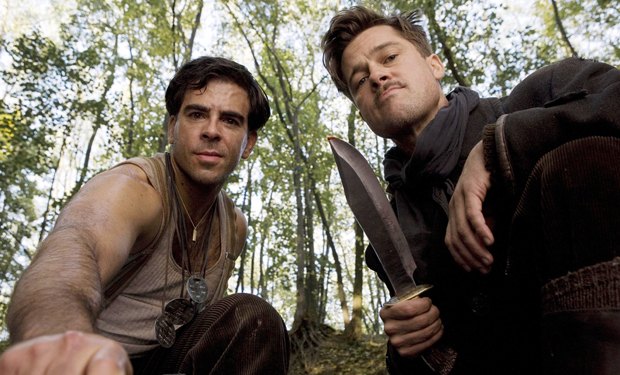
You may call it a war film or a revenge thriller, but ultimately ‘Inglorious Bastards’ is a Tarantino film (a historical film it is not). The film makes no apologies, asks for no forgiveness, it’s a no holds barred assault on the senses. Tarantino doesn’t care if he offends, if he steps all over stereotypes and clichés, this is filmmaking at it purest.
Read More: Best Movies Based on Books
7. Audition (1999)

You know, I actually had to redraft my entire article because I nearly forgot to enter in this unreal masterwork. Takeshi Miike understands violence better than any other filmmaker from the east, because his portraayal of gore is the kind that is exceptionally harrowing. Throw into that a captivating story and what you’re left with is a unique, otherworldly experience, encapsulated within a horror film that is one of the best of the genre.
‘Audition’ tells the story of a widower, a man who has spent his lonely years looking after his son, until the young boy himself greenlights his father’s desire to get remarried. To find a suitable partner, he approaches a film producer who, in order to help his friend, conducts a faux audition for a non-existent film production, with the hopes of discovering someone for the man to marry. Among the many applications received, a certain face sticks out to the widower, and he decides to date her. Though she is extremely beautiful, there’s something about her introverted and mysterious character that confuses the protagonist. As more is revealed about her, Miike’s opus turns into a chilling, unforgiving, and masterfully directed work of art, utilizing its repulsive imagery in the most effective way possible.
6. Straw Dogs (1971)
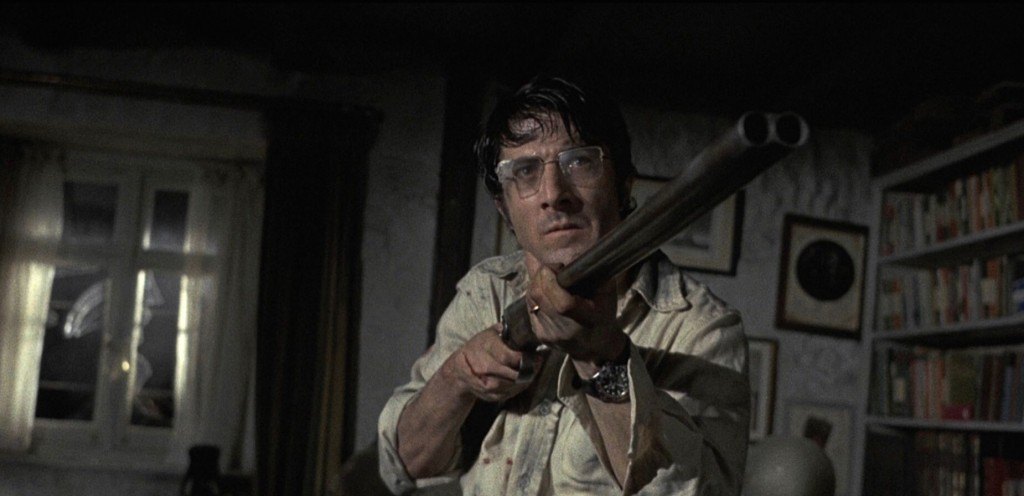
Sam Peckinpah examines the instinctual capacity for violence in this controversial film. To avoid the Vietnam-era social chaos in the U.S., American mathematician David Sumner (Dustin Hoffman) moves with his British wife, Amy (Susan George), to the isolated Cornish town where she grew up, but their presence provokes antagonism among the village’s men. As the hostilities escalate from routine bullying to the gang rape of his wife, David finds his pacifistic self backed into a corner. When the hooligans attack his house, David finally resorts to the gruesome violence that he abhors.
Read More: Best Narrative Movies of All Time
5. Funny Games (1997)
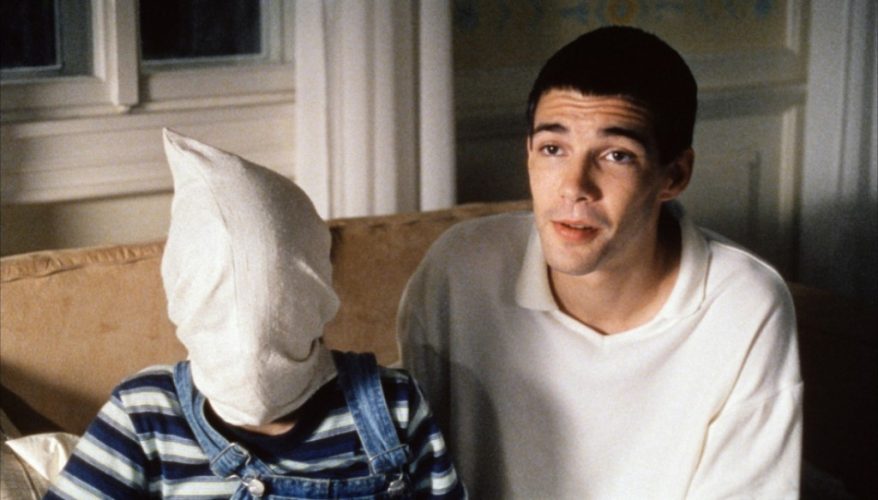
Michael Haneke is a genius. ‘Funny Games’, one of his best ever films, understands perfectly how to use violence to impart feelings of pain, empathy, discomfort, and queasiness in the minds of its viewers. Having to do with the inhuman torture of a family consisting of a husband and wife and their son, at the hands of two sadistic young men, the film uses an intelligent trick to make its violence that much more effective.
While the family is in danger, with the men holding them captive in their own home, the violence is kicked off with a warning, following which some time passes, and we assume the damage outlined in the warning will be reduced by the perpetrators, or perhaps forgotten. Then when we least expect it, the act of torture described in the warning is carried out, and it ends up being worse than we could have ever imagined. Haneke uses silence and static cinematography to exemplify the sorry state at hand. The film feels merciless, with the two men seemingly controlling the direction of the runtime, manipulating it in ways that break the fourth wall to move as per their desires. The violence has little motive pushing it, which carries forth a popular Haneke theme, that of societal disregard.
4. Oldboy (2003)
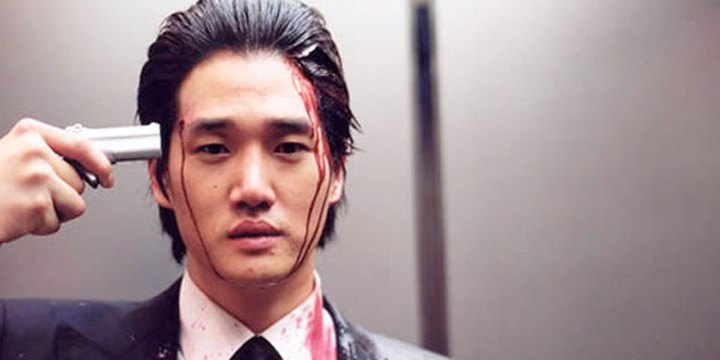
‘Oldboy’ deviates from the usual path of the revenge thrillers. Yes, it is violent, but director Park Chan-wook challenges typical uses of explicit violence by using it symbolically in support of his unforgiving narratives. His is a visceral brand of storytelling, told with rich visuals, impassioned functionality, and poetic purpose. He exhausts us emotionally, exposing us to a painful dramatic beating and in turn, ensuring that his film is not just watched but also lived through.
3. Unforgiven (1992)
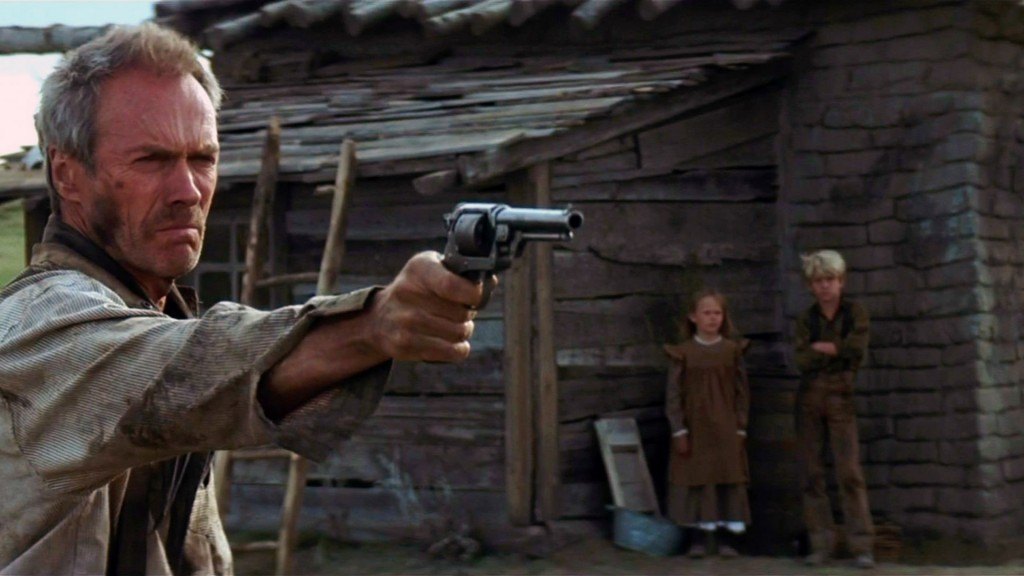
Clint Eastwood’s masterpiece, arguably the greatest western ever made, ‘Unforgiven’ is a haunting film about the impact of death and the ghosts one carries around for life in being a killer. When a bounty is offered on a man who cut up a local whore he teams up with two others and goes after him, only to encounter an equally vicious Marshall portrayed with icy charm by Gene Hackman, who enjoys, with glee, torturing his victims before killing them. The darkest western ever made, the most realistic, and by the end the most haunting you will ever see. Eastwood gives us dark perfection.
Read More: Best Comic Book Movies of All Time
2. A Clockwork Orange (1971)
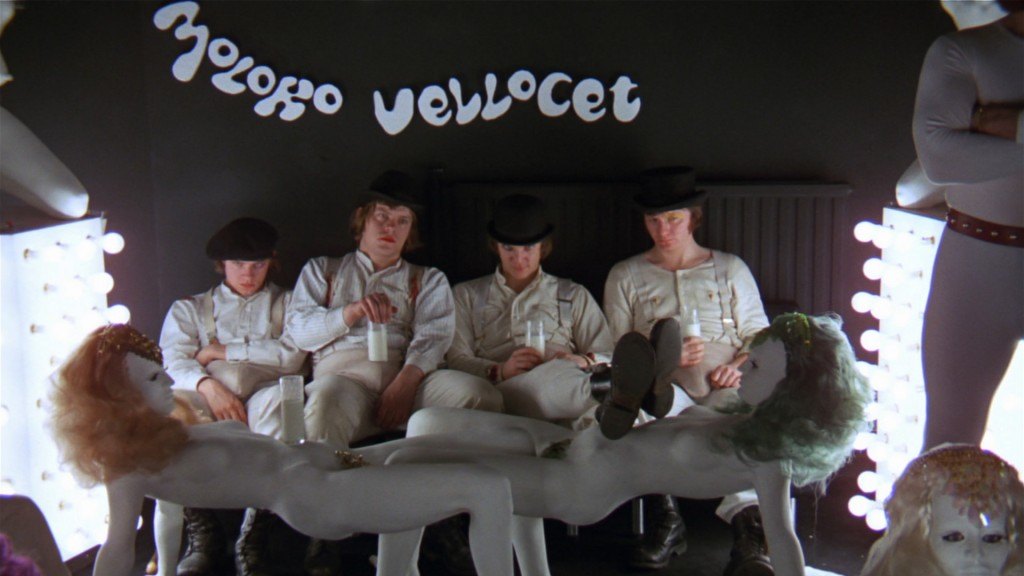
‘A Clockwork Orange’ is not an easy film to watch. It is darkly brilliant, vicious, yet with moments you cannot look away from the screen, akin to a car wreck. There are moments of perversity, comedy and chilling, cold-blooded violence, yet the jaunty manner of the film and Malcolm MacDowell’s brilliant upbeat performance keeps us interested in the film throughout. It is a profoundly brilliant performance in that despite his horrific acts, we cannot help but like him, root for him and be horrified when he is used as part of a mind control experiment that takes away his free will.
Read More: Best Road Trip Movies of All Time
1. Taxi Driver (1976)
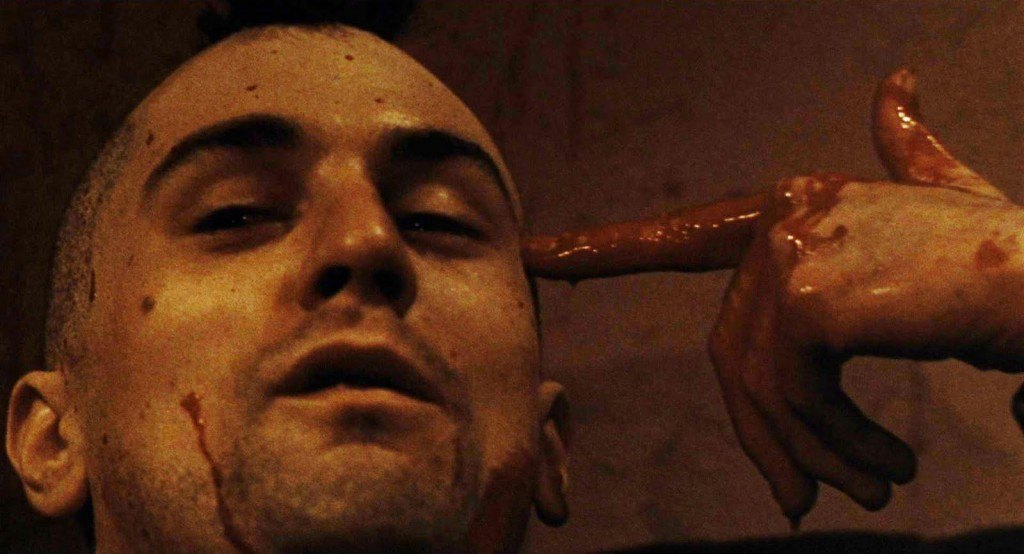
‘Taxi Driver’ (1976) is one of the most viscerally violent films ever made and incredibly, forty years later, has lost none of its power. It is just as intense and frightening as it ever was, a film that walks through the landscape of a man’s mind as he descends into hell, a hell of his own making. Martin Scorsese created a dark masterpiece, his camera right down on the streets of the city with its character seeing the hell he sees, the very hell building his rage.
Read More: Best Action Movies of All Time

